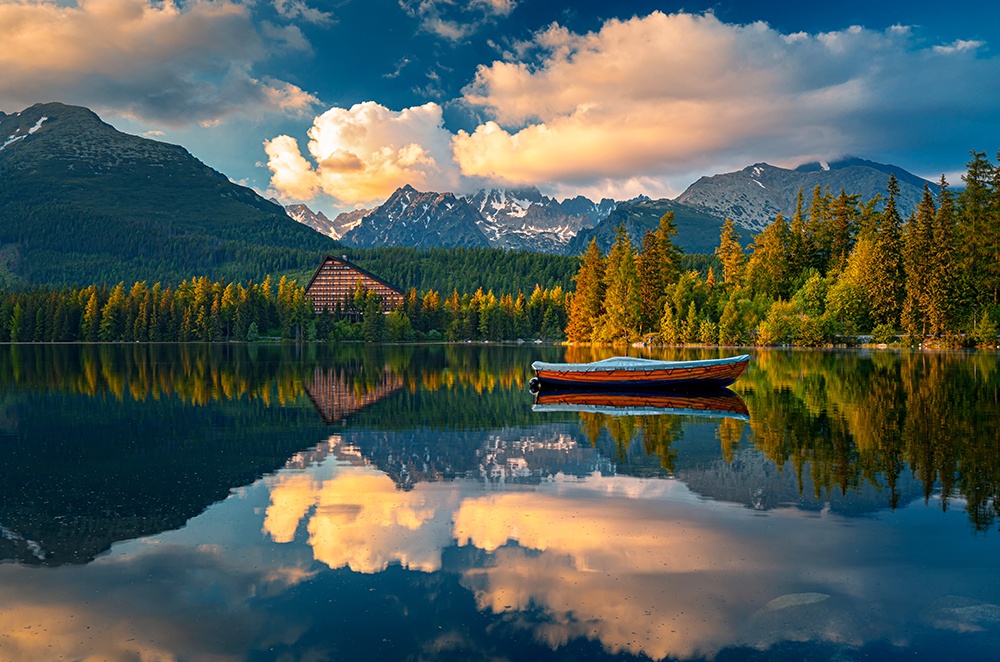VALUING LAKES AND WETLANDS

By Cows and Fish
Alberta Riparian Habitat Management Society
We all enjoy our province’s lakes, wetlands and their shores as they provide ample benefits and opportunities to play, relax, live and make a living. Lakes also act as a water source for some municipalities, agricultural producers and industries.
The Land-Water Connection
There are many different kinds of wetlands and lakes. From cattail-lined, prairie potholes to glacier-fed, mountain basins, they all have one thing in common – the water in them remains mostly still. While lakes hold water yearround, the water in ponds, sloughs and wetlands may remain only temporarily throughout the year. Land and water are constantly intLake Health: 101 – Why are Healthy Lakes & Wetlands Important eracting with each other in the rich riparian area lining the edges of lakes, ponds, sloughs and wetlands. Certain external forces may have a great effect on the water, the land that borders it, and the surrounding communities. Wind pushes water up onto the shore where it erodes soil and rock, and where excess nutrients may be transferred into the water. Drought can cause water levels to decrease leaving more shoreline exposed to the elements. Contrarily, heavy rains may increase water levels causing flooding and bringing sediment and deposits to the water.
Lake Health: 101 – Why are Healthy Lakes & Wetlands Important
Sound lakes and wetlands and healthy riparian areas provide an invaluable service. Lush vegetation filters water to improve its quality, and calms water to reduce erosion of lakeshores and incidents of flooding. As well, almost two-thirds of Canada’s rare and endangered wildlife rely on riparian zones for all or part of their life cycle requirements. Riparian areas provide excellent habitat for an immense variety of fish, wildlife and insects.
A healthy shoreline acts like a sponge to store water and recharge groundwater supplies. As well, lakeshores with native vegetation are more tolerant to drought than exposed shorelines. Since the vegetation around lakes and wetlands can be four to five times as productive as upland plants, the palatable grasses are an excellent source of forage for livestock. Wetlands may also be a water source for livestock and irrigation systems.
Lakes and wetlands even have an influence on local weather. Through evaporation from the water’s surface and transpiration from riparian plants, moisture condenses in the atmosphere where it creates rain-producing clouds.
What Can You Do For Lakes and Wetlands?
Some activities and practices may leave lakes and wetlands in less than perfect condition. By maintaining a ‘nomow’ zone with a healthy growth of native grasses, shrubs, trees and bulrushes, lakeside property owners will be protecting their shoreline from erosion,
and contributing to cleaner water and healthy populations of fish and wildlife. Equal benefits will result by employing a rotational grazing system for livestock and minimizing harvest impact on a shoreline.
Cows and Fish, a partnership of agencies and organizations, was created to provide educational and awareness programs to landowners and communities. Using Cows and Fish as an information source, group members work together on riparian management and stewardship plans. By working toward a common goal, community-based groups gain a keen insight to the benefits of healthy lakes and riparian areas. A number of informative resources are available from Cows and Fish including booklets, pamphlets, workbooks and success stories. For further information, visit www.cowsandfish.org